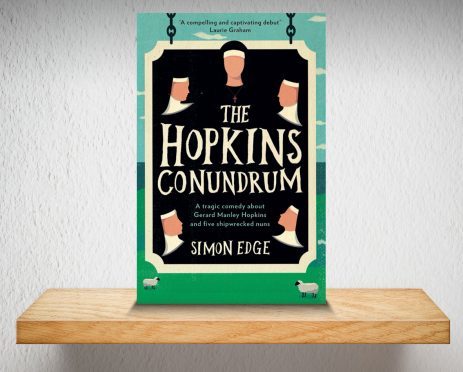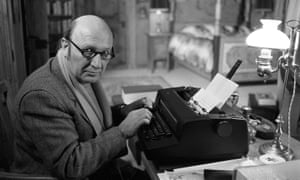 Harper Collins:
Harper Collins:
Catherine de Medici’s father-in-law, King Francis of France, was the perfect Renaissance knight, the movement’s exemplar and its Gallic interpreter. An aesthete, diplomat par excellence, and contemporary of Machiavelli, Francis was the founder of modern France, whose sheer force of will and personality molded his kingdom into the first European superpower. Arguably the man who introduced the Renaissance to France, Francis was also the prototype Frenchman—a national identity was modeled on his character. So great was his stamp, that few countries even now are quite so robustly patriotic as is France. Yet as Leonie Frieda reveals, Francis did not always live up to his ideal; a man of grand passions and vision, he was also a flawed husband, father, lover, and king.
With access to private archives that have never been used in a study of Francis I, Frieda explores the life of a man who was the most human of the monarchs of the period—and yet, remains the most elusive.
The French king sent agents to Italy to find paintings for the royal collection, now the core of the Louvre museum. Other foreign initiatives went less well. John Steele Gordon reviews “Francis I” by Leonie Frieda.
When Francis I was born in 1494, no one thought he would become king of France. He was, after all, only a third cousin of the reigning king, Charles V III, who was just 24 years old and in good health. But Charles’s four children all died in or near infancy, and the king himself suddenly died in 1498. The throne then went to Louis XII, a cousin of Charles’s. Louis, 35 when he came to the throne, tried valiantly to sire a son and heir, even marrying a third wife just three months before his own death despite his rapidly declining health. But he failed in his mission, and his two daughters were debarred from the throne by law. Thus in 1515 it came about that Francis, at the age of 20, became king. As Leonie Frieda shows us in “Francis I: The Maker of Modern France,” a superb and vivid biography, he made the most of it.
This is a roistering biography of a priapic king, which entertainingly fails to make the case for his greatness, says Gerard DeGroot.
Thoroughgoing biography of the French ruler who allied with Islam in an effort to resist his Habsburg neighbors. Though a figure of major importance, Francis has been forgotten against better known contemporaries such as England’s Henry VIII. Frieda’s work helps restore him to history.
Was François I the first Renaissance king of France — or the last medieval one?
 Sisters Against the Empire: Countess Constance Markievicz and Eva Gore-Booth, 1916-17 by Patrick Quigley. Rather than attempt a full study of both figures, who have been so extensively reappraised, Quigley focuses on the year that was the most intense phase of the sisters’ relationship (when Markievicz was imprisoned in Aylesbury).
Sisters Against the Empire: Countess Constance Markievicz and Eva Gore-Booth, 1916-17 by Patrick Quigley. Rather than attempt a full study of both figures, who have been so extensively reappraised, Quigley focuses on the year that was the most intense phase of the sisters’ relationship (when Markievicz was imprisoned in Aylesbury).






















